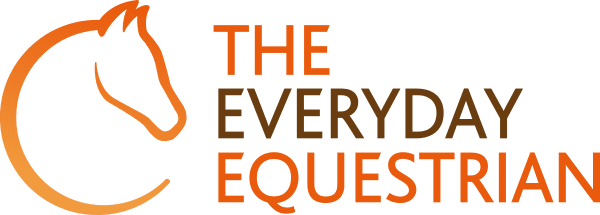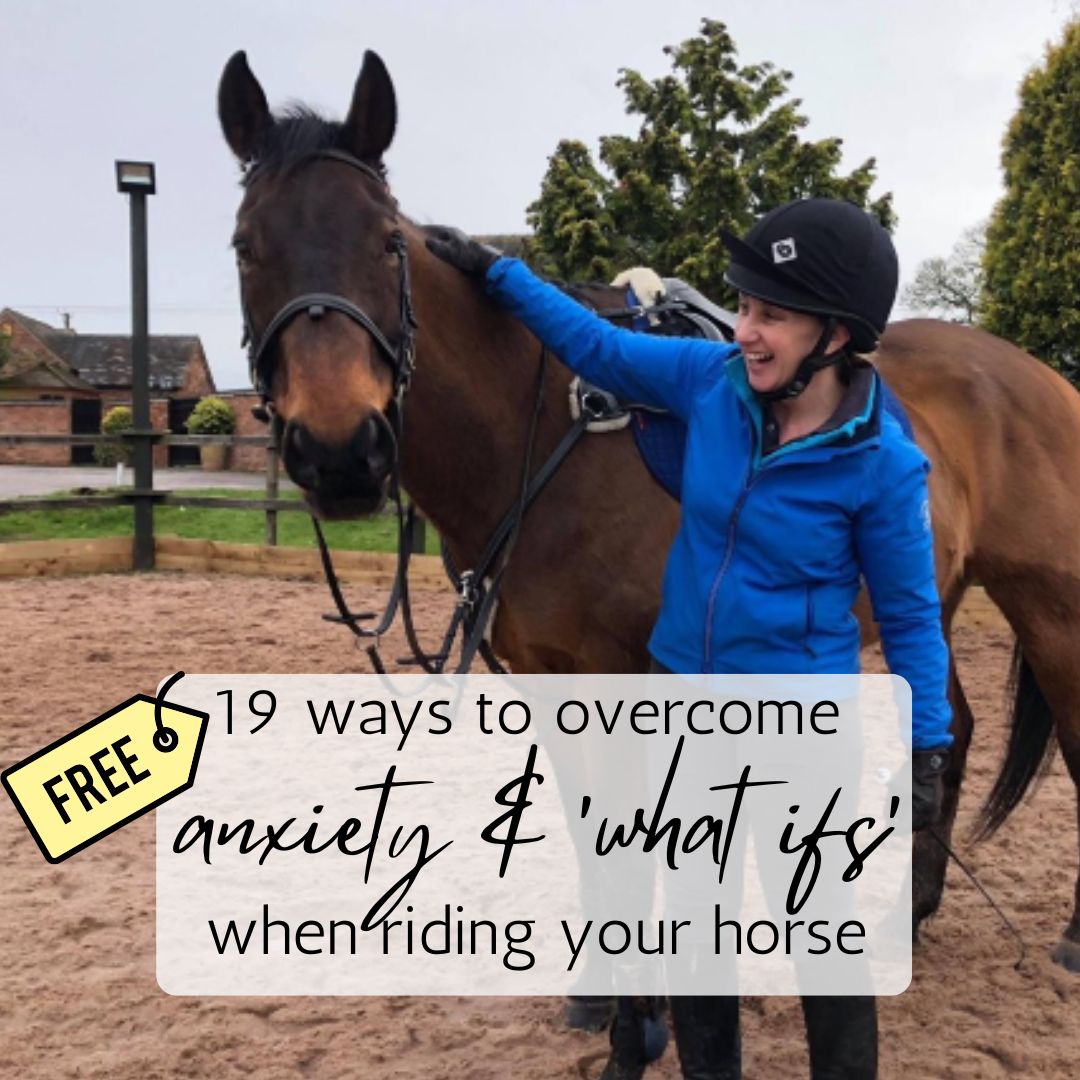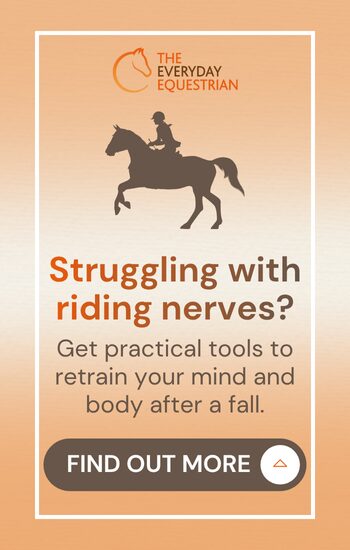There’s no doubt about it, owning a horse is a major responsibility and their care and management are ultimately in your hands at all times. Horses can be complicated and it is true to say that every day is a learning day when you have a horse in your care! Even the most experienced of horse owners can learn something new and expand their knowledge. We will never be in a situation where any single horse owner ‘knows it all’.
Although we will never be in a situation where we know absolutely everything there is to know about horse ownership, it’s amazing to see the number of horse owners that have not learned the basics of equine care and management. The basics are your foundation for becoming a competent and knowledgeable horseman or woman. It also ensures that your horse receives the right type of care on a day to day basis, helping them lead a happy and healthy life.
In 2006 The Animal Welfare Act stated a set of legal guidelines, known as ‘The Five Freedoms’, which became enforceable in the UK. This Act was passed by law to ensure all animals receive acceptable minimum standards of care and that we meet the mental and physical needs of the animals that we are responsible for.
The Five Freedoms
- Freedom from hunger and thirst
- Freedom from discomfort
- Freedom from pain, injury, and disease
- Freedom to express normal behaviour
- Freedom from fear and distress
The Animal Welfare Act (2006) was a major breakthrough in animal welfare and has set the standard when it comes to how domesticated animals are treated in regards to care and management.
It is, however, very easy for horse owners to read this Act and think it doesn’t apply to them. It doesn’t apply to them not because they do not think the freedoms are valid, but because they would already consider themselves responsible and caring horse owners who feed and water their horses daily. They always make sure that their horse isn’t ill or in discomfort, and would consider their horse’s behaviour normal without fear and distress as part of everyday life.
One of the problems here is that there are many horse owners who would be considered as ‘just getting by with the bare minimum’ rather than having the correct basic knowledge to fully fulfill the five freedoms.
Here are some things to consider:
Freedom from hunger and thirst
Evidently, it is vital we feed and water our horses every day however feeding is a complicated subject and is not just a case of throwing down some hard feed and hay twice a day and hoping for the best.
Horses have very different needs when it comes to feeding which depends on a multitude of factors. The weight, breed, temperament, time of year, age, type of pasture, and whether the horse is stabled or field kept will all be major factors. In addition, the type and amount of work the horse carries out as well as the type of rider it carries will make a difference.
Without a basic knowledge of the feeding and watering rules, it is impossible to fully fulfill this part of the act. In order for a horse to stay happy and healthy, it is important that as an owner you know the fundamentals.
Freedom from discomfort
It’s very easy to just take a look at your horse and come to the conclusion that they are ‘fine’. Discomfort presents itself in many ways and it may not always be obvious that your horse is in some sort of discomfort. Horses are by nature prey animals, and will instinctively try to hide evidence of pain or struggle, as this would have made them vulnerable to predators in the wild. It is essential for horse owners and riders to become familiar with signs of pain and discomfort in the horse, so that it can be investigated and the underlying causes resolved.
One of the common ways a horse may be in discomfort is when they are tacked up. A poorly fitted saddle or a noseband that is too tight or not fit for purpose can cause pain, soreness, and irritation which can have long-lasting effects. You may know how to put on a saddle sufficiently, but if you are not aware of how a saddle should fit correctly then you may not be able to identify that your horse is uncomfortable. Having a good knowledge of how tack should be fitted to your horse will ensure that you have met necessary welfare standards. A basic understanding can make the world of difference to you and your horse.
Freedom from, pain, injury, and disease
Would you know if your horse was in pain? Do they have an injury? Should you call the vet out? Having a basic understanding of what pain looks like and identifying any issues your horse may be experiencing is a key part of responsible ownership.
Unfortunately, horses have no direct way of communicating pain or injury through spoken word, but their actions are likely to tell you in sometimes the most obvious ways. Quite often these actions are written off as unwanted or bad behaviour and knowing the difference is crucial. Having solid background knowledge in common pain issues, injuries, and equine diseases will ensure your horse is in the best hands.
Freedom to express normal behaviour
It is important that horses are able to express normal and somewhat natural behaviour. But what is normal, natural behaviour for horses? Do you know what that looks like? Are there signs that something is wrong? Having a good foundational knowledge of what a horse’s normal and natural behaviour looks like can help you identify whether your horse’s instinctive and natural behavioural needs are being met. Learning about the horse’s natural lifestyle can help you make the right choices of how to manage their needs effectively and improve their ability to express normal behaviours.
Freedom from fear and distress
All horses should live in environments that are free from fear or distress. Horses have evolved over millions of years, and are prey animals, responding to any perceived threat with a strong flight or fight instinct. Body language is usually a clear indicator of how your horse is feeling about a situation, but without the proper knowledge, it can be difficult for the human eye to determine. Setting yourself up with some training on the horse’s instincts and characteristics can help you know what to look out for.
As an example, your horse may seem jumpy and on edge in the stable. They may be fearful of something nearby, let’s say a plastic bag outside of the stable. When you know the signs to look out for when your horse is feeling fearful, it can usually be easy to identify the cause and rectify the situation quickly. If you don’t know the signs of fear you cannot rectify the situation which will leave your horse distressed, fearful, and sometimes unmanageable.
As you can see, there is much more to this than just meeting the bare minimum. Having basic knowledge will ensure your horse stays fit, healthy, and happy. You can also have peace of mind that you are doing the very best for your horse and meeting the required welfare standards set out.
In becoming aware of the Five Freedoms, and the horse’s basic needs, horse owners can ensure that they offer the most appropriate care and management to their horses, and to provide them with the best possible home with many happy years of enjoyment for both horses and their humans!



